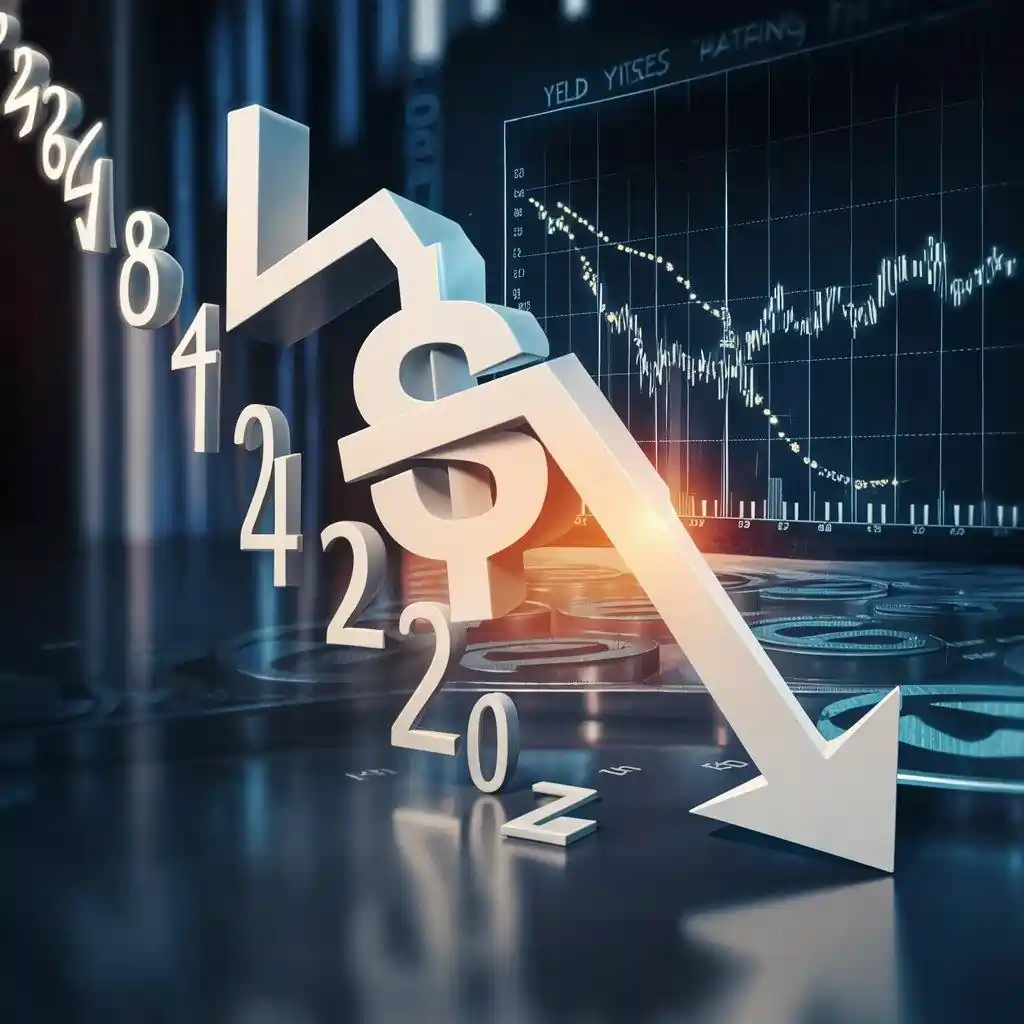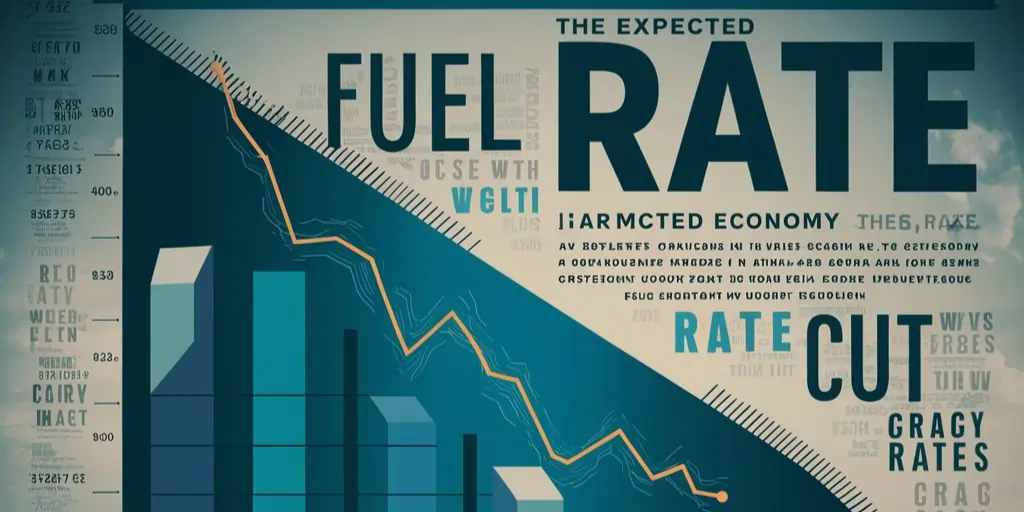The US dollar experienced its most significant decline in three weeks on Wednesday, as weaker-than-expected economic data bolstered Fuels Rate Cut expectations that the Federal Reserve will cut interest rates in the coming months. The Bloomberg Dollar Spot Index, which tracks the greenback against a basket of major currencies, fell 0.4%, marking its biggest single-day drop since June 12.
Services Sector Contraction Sparks Concerns

The primary catalyst for the dollar's decline was the release of the June Services ISM® Report On Business®, which showed that economic activity in the US services sector contracted for the second time in the last three months. The Services PMI® registered 48.8%, indicating a contraction in the sector and raising concerns about the overall health of the US economy.
The Business Activity Index, New Orders Index, and Employment Index all fell into contraction territory, with the Business Activity Index experiencing a particularly sharp drop from 61.2% in May to 49.6% in June. This marked the first contraction in business activity since May 2020, during the early stages of the COVID-19 pandemic.
Treasury Yields Fall as Rate Cut Bets Rise

The weaker-than-expected services sector data, combined with recent softness in the labor market, has led to increased speculation that the Federal Reserve will begin cutting interest rates as early as September. Treasury yields declined across the curve in response to the data, with the net decline primarily driven by lower real yields.
Market participants are now pricing in a 67% probability of a rate cut by the Fed in September, as the central bank looks to support the slowing economy and address persistently low inflation. The prospect of lower interest rates has made the US dollar less attractive to investors, contributing to its recent decline.
Gold Prices Rise on Fuels Rate Cut Expectations

The increased likelihood of a Fed rate cut has also boosted gold prices, with the precious metal rising more than 1% to a near two-week high on Wednesday. Gold, which is often seen as a safe-haven asset during times of economic uncertainty, benefits from lower interest rates as they reduce the opportunity cost of holding non-yielding assets.
Investors are now closely monitoring upcoming economic data releases, such as the ADP employment report, weekly jobless claims, and the highly anticipated nonfarm payrolls (NFP) report due on Friday, for further indications of the US economy's health and the potential timing of a Fed rate cut.
Global Central Banks Easing Monetary Policy

The US dollar's decline comes amid a broader trend of central banks around the world easing monetary policy in response to slowing economic growth and subdued inflation. The European Central Bank (ECB) and the Bank of Canada (BOC) both initiated rate-cutting cycles in recent weeks, in line with market expectations.
As more central banks shift towards accommodative monetary policy, the relative attractiveness of the US dollar may continue to diminish, potentially leading to further weakness in the greenback in the coming months.
Implications for the US Economy and Financial Markets

The US dollar's sharp drop and the growing expectations for a Fed rate cut highlight the challenges facing the US economy as it steers a period of slowing growth and persistent inflation concerns. While a weaker dollar may provide some support for US exports, it could also contribute to inflationary pressures by making imported goods more expensive.
For financial markets, the prospect of lower interest rates and a weaker dollar may continue to support risk assets such as equities and commodities, while putting pressure on the returns of fixed-income investments. Investors will need to carefully monitor economic data and central bank communications in the coming weeks and months to assess the potential impact on their portfolios.
As the US economy continues to grapple with the uncertainties posed by slowing growth and the potential for further monetary policy easing, the US dollar's recent decline serves as a reminder of the complex interplay between economic fundamentals, market expectations, and currency movements in an increasingly interconnected global financial system.






